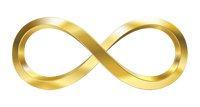Reiki Kanji
The powerful Reiki ideogram or pictogram
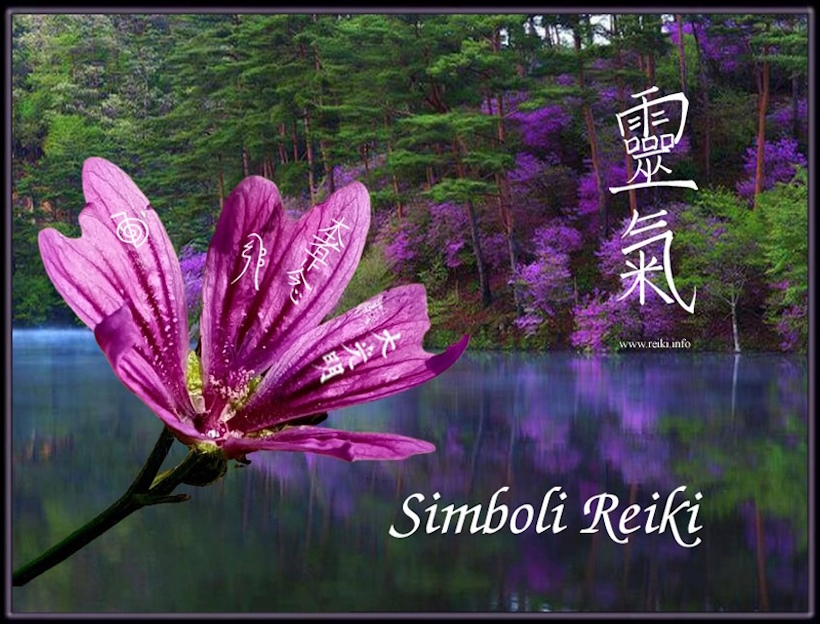
KANJI REIKI

THE REIKI SYMBOL - THE TRADITIONAL PICTOGRAM OR KANJI REIKI
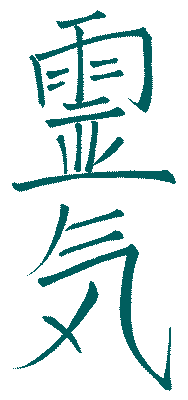
THE REIKI SYMBOL IN ITS MODERN VERSION AFTER THE 1946 LANGUAGE REFORM
PAGE CONTENTS
The Reiki Pictogram
Some Philological Considerations
The Power of a Form
Practical Suggestions for Using Reiki Kanji

Click here to download the PDF of the Reiki Kanji
THE REIKI PICTOGRAM
The script shows the word “ReiKi,” expressed in Japanese using the two kanji it is composed of. The kanji in this compound word are represented in their oldest graphic form, that is, as pictograms for ‘Rei’ and ‘Ki.’ These are not "ideograms" but rather logograms, or more precisely, pictograms. Here is their meaning:
REI In the absolute void, in the eternal and infinite space, the first stroke, the first sign, brings us back to the manifestation of Being, to the Creative Principle. Energy becomes matter, condensing.
 |
Next, two strokes appear, one static, the other dynamic. In the sky, now there are clouds, representing movement, change, the alternation of events and existences.
 |
And then the will to descend takes form, a decisive central stroke from top to bottom, and the slow gathering of clouds generates rain, thunder, lightning, and the energy of the sky descends to Earth in the form of small drops of water, the very Essence of Life...
And down on Earth, mouths open to nourish themselves once again with the Essence of Life, to reconnect to the Whole, to remember, to quench the flame burning in their chest...
 |
Finally, humans, grateful for the gifts received from Heaven, gather in the temple and offer the sacrifice of service. In unity, the true encounter with one’s sacred inner space occurs. It is initiation, the feeling of being part of the grand universal design of Love. It is the integration of Self, individuation, and realization.
 |
KI also reproduces the sequence of sky, clouds, and water, which this time descends and evaporates, returning to the sky.
 |
We are at the center of our Being, symbolized by a grain of rice. Life begins here, in the seed, in the cell, in the atom. Here, all the potential entrusted to each Soul is kept, and through care and experience, this potential reveals its Light.
It is here that the energy of Spirit must descend to reveal and nourish our most intimate essence, the truth of who we are, of all that Is.
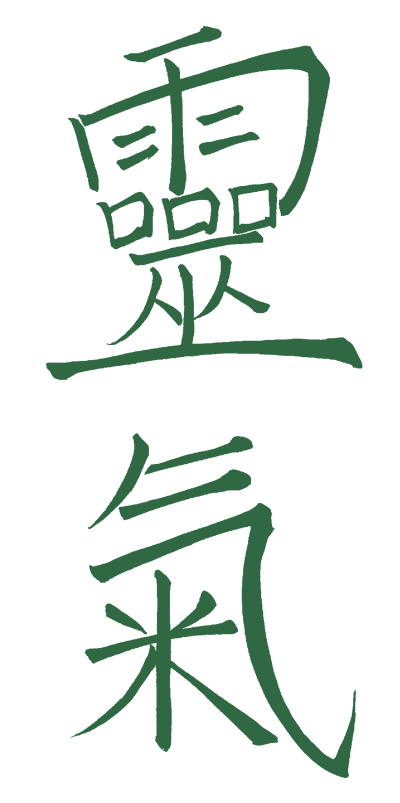
TRADITIONAL REIKI KANJI
SOME PHILOLOGICAL CONSIDERATIONS
(by Dr. Simonetta Ceglia, University of Florence)
The kanji 霊 (rei/tamashii/tama) means "spirit," "soul." Perhaps tamashii derives etymologically from tama (玉/珠) meaning "jewel," "precious pearl," or from tama (球) meaning "round," "circular." It's significant that "soul" can be graphically rendered both by the kanji 霊 (rei/tamashii/tama) and by the kanji 魂 (tamashii/kon/gon).
This kanji (魂 is composed of "to say" 云う, iu) and "demon" 鬼, oni), but "demon" etymologically means "that which is hidden." Thus, tamashii (soul) is "to say what is hidden."
The two kanji 霊 魂 form the word 霊魂 (reikon), meaning "soul," "spirit," in opposition to 肉体 (nikutai) "body of flesh."
雨 (ame) "rain."
雷 (kaminari) "thunder," literally "the god (kami 神) that sounds (nari 鳴り)." It is composed of "rain" (雨) and "rice field" (田).
電 or 稲妻 (inazuma / den) "lightning" or "electricity." Literally, "the husband (妻/夫 ‘tsuma’) of the rice (稲 ‘ine’)." This comes from the belief that when the rice harvest season approached, thunderstorms and lightning were common. It was believed that these lightning strikes fertilized the rice fields to help the rice mature.
口 (kuchi) "mouth," a clear pictogram representing a mouth.
巫 (miko, kannagi) "vestal" or "priest." Miko is the vestal, the virgin priestess dedicated to the god, but also in the masculine, it refers to the "shaman" or "man/woman of the god." Literally, it means "child" (ko) of the "god" (mi). Etymologically, 巫 (miko) means 神子 (child of the god). Kannagi or historically kamunaki refers to the priest, the one who serves the god in the shrine/temple; it etymologically means "the one who pacifies the god" (kamu/kami 神 = god + nagu 和ぐ = "to render silent, peaceful").
氣 or 気 (ki/ke/iki) means "vapor," "vital principle of the universe," and its relative movement (iki = movement, from iku = to go).
米 (kome) means "rice." It is a pictogram representing three grains of rice above and three below, with a horizontal stroke that might represent a stick dividing the different types of rice.
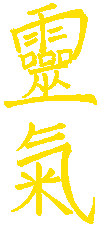
THE POWER OF A FORM
REI outlines the universal, total, and all-encompassing aspect of Energy, the One-All.
KI outlines the individualized aspect of vital energy found in every human being.
REIKI is the name Mikao Usui gave to the conscious reconnection between partial vital energy and universal energy in an individual. Reiki is also the method that achieves this conscious reconnection. Rei and Ki are harmonized at the heart level and from there expressed and manifested as Reiki, or Vibration of Light.
The Reiki Kanji, the ancient ideogram, is a highly powerful and important symbol, containing complex meanings and potential related to both personal protection and the evolutionary development of being. The Reiki Kanji simply emits this specific type of energy into the environment.

PRACTICAL SUGGESTIONS FOR USING THE REIKI KANJI
1) Place the Reiki Kanji in a room like a painting, or paint it on a wall: it emits balancing and protective energy into the environment (this action occurs "radionically," through the emission of shape waves).
2) Place a large Reiki Kanji (size A3) on the floor under the bed. Even better if it’s double-sided and laminated (the energy acts both as a shield against harmful energies such as Hartmann nodes and as a radiant/balancing force to promote natural relaxation during sleep. Laminating it ensures durability).
3) Place a small reproduction of the Reiki Kanji on a power outlet (with the symbol facing a socket on a north wall); this helps reduce the damage caused by electromagnetic emissions.
4) Place a small Reiki Kanji inside your mobile phone (with the symbol facing the battery); this helps reduce the damage caused by electromagnetic emissions. Click here to print the miniature versions of the Reiki Kanji.
Download colored versions of the Reiki Kanji with transparent backgrounds:
Yellow, red, gold Reiki Kanji - Brown Reiki Kanji - Green Reiki Kanji
Light blue, blue Reiki Kanji - Pink, fuchsia Reiki Kanji - Lilac, purple Reiki Kanji
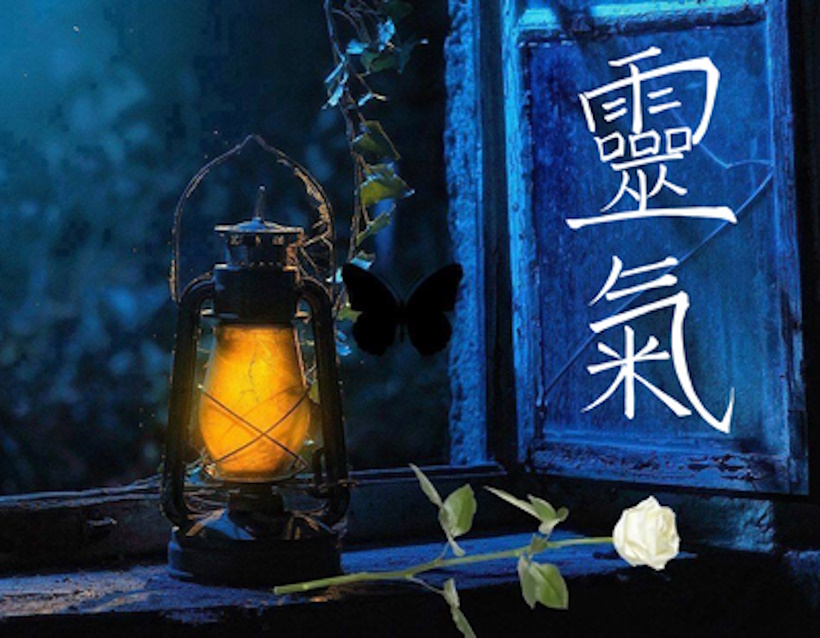
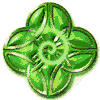
Table of contents Reiki Symbols Section
Original version of this page in italian:
I Kanji Reiki - pittogrammi giapponesi


